Introduction: Ukraine and Russia: The Agency of War
From the Series: Ukraine and Russia: The Agency of War
From the Series: Ukraine and Russia: The Agency of War
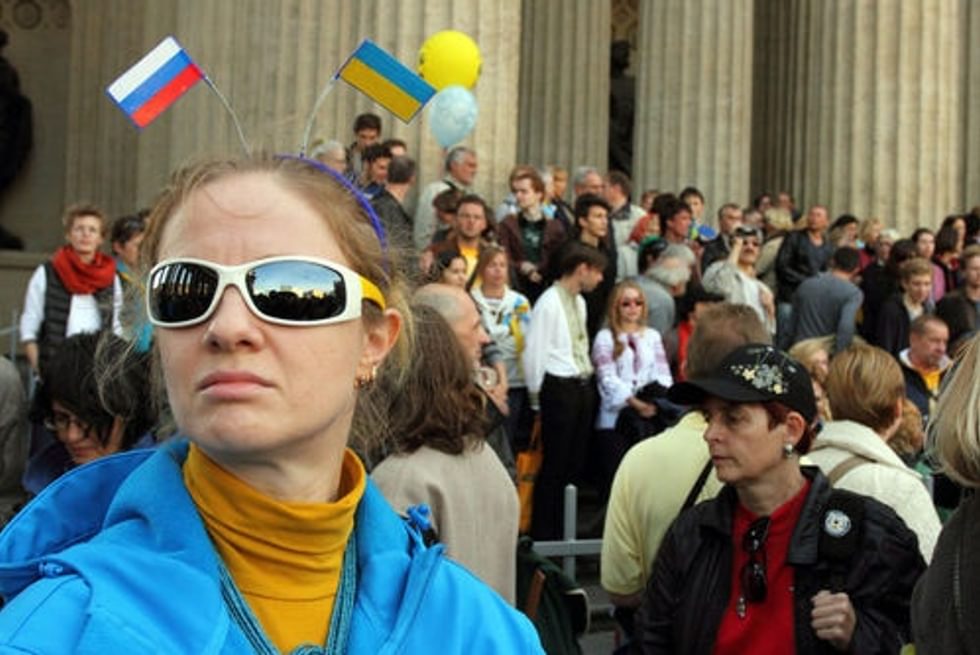
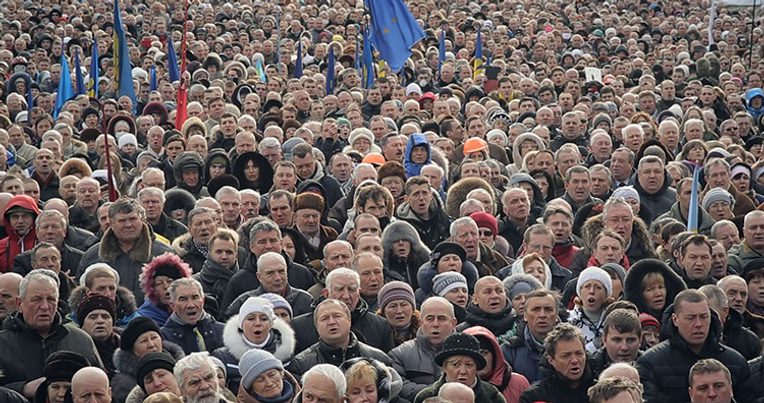
There was no small degree of euphoria among many in Ukraine—and beyond—as protesters created the “EuroMaidan,” which took over Independence Square in central Kiev during late November of 2013. Protesters were aggrieved and astonished by President Victor Yanukovich’s last minute refusal to sign an Association Agreement with the European Union and to unite instead with Russia, Belarus, and Kazakhstan in a Eurasian Union. Many imagined that in collaboration with the Europe Union, Ukrainian leaders might better facilitate the country’s economic and political rebirth, through the dismantling of twenty years of corrupt political systems and institutional practices, what many there refer to as a mafia economy.
The Maidan euphoria was born out of a complex and often contradictory array of political commitments. The social media and communitas excited it, the intensity and difficulties of life on the Maidan sustained it, and the unprecedented international attention it drew valorized it. The euphoria lasted through the winter and into the end of February. The special forces killing of dozens of protesters on Maidan spurred more people to show up and to even more intense protests. President Yanukovich fled Ukraine for Russia, leaving behind his absurdly outfitted mansion, which sparked a short period of celebration of the justice of the movement.
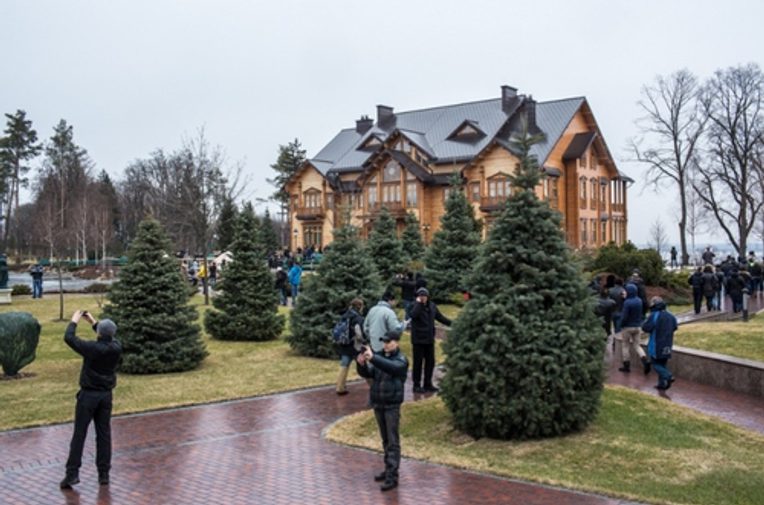
Any sense of promise, and the concomitant thrill of agency in Ukraine were dampened, however, as Putin declared (and provoked) Russia’s outrage at what he declared to be a nationalist, neo-Nazi coup. It did not take long for everyone to grasp how dangerous this response was, how grave the situation was, and how high the stakes were, not just in Kiev or for Ukraine. Despite many tensions, suspicions, and divergences of political vision, until it happened, it was inconceivable to most citizens of Ukraine and Russia alike that Russia would seize Crimea and foment a separatist war in eastern and southern Ukraine.
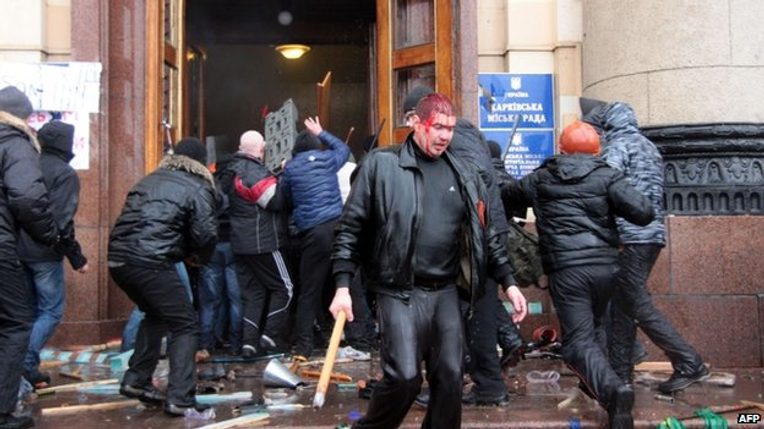
That war has brought terrible violence of many kinds. Fighting has killed hundreds on the ground, and artillery shelling has destroyed apartment blocks, whole neighborhoods, factories and businesses, airports, hospitals, schools, and other public infrastructure. Separatists shot a civilian airliner shot down from the sky, and abductions, illegal detentions, beatings, sexual violence, torture, and disappearance are not rare in what has become a war of terror. POWs have been paraded and publically mocked. Politicians, local officials, and journalists have been disappeared or assassinated. The war has displaced tens of thousands of people and caused many more to live in fear of the kinds of atrocity that they know is possible.
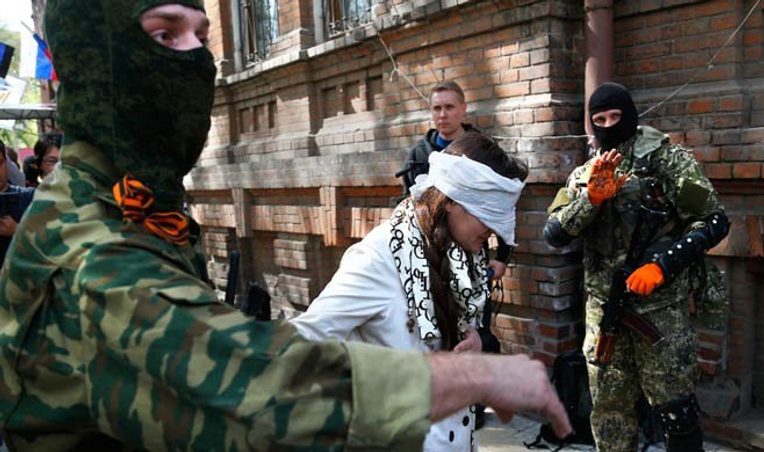
Yet there are diffuse, far-reaching kinds of violence as well, the impacts of which may be harder to measure or easy to dismiss as meaningless expressions of “natural” or “ethnic” animosity. This is the violence of discourse and iconography, where symbols and metaphors that escalate as social media insults and cartoon meme-jokes become agents of deepening division. There is much violence against and through history—the pillaging of the Soviet past on many sides—to intensify the commitments of hate. There is violence done to the rich complexity of border regions and multi-lingual communities, diverse kin groups, and professional networks.
Relationships are ruptured by newly-conflicting loyalties, ties, and religious and social identities. Nuance and diversity fall victim to the polarizing demands of war. Authoritarianism escalates, its justifications ever strengthened by the stimulation of patriotic fervor, indeed by the binary opposition that makes one either a patriot or a traitor. This is happening in both countries, though far more virulently in Russia, where a highly sophisticated and coordinated propaganda and civil society suppression campaign is ongoing.

The essays in this Hot Spot strive to fend off that reductionist, dichotomizing violence. The scholars gathered here come from philosophy and history, anthropology and literary studies, political science and sociology. One of the strange phenomena of this war—one way the discursive and divisive violence of it has worked—has been the unreflexive taking of sides by scholars themselves, whether they are from the region or not. With social media at our fingertips, it has been easy for academics to get caught up in the discursive violence, even if just to pass on “funny” insulting memes and stories about one side or another. Similar acts probably happen during all wars, but the unusual intensity of coverage and mediated production in this conflict has made for a more charged and powerful engagement.
The prompt for these essays asked authors to think beyond the immediate, and even beyond the ethnographic, to tease out and theorize some of the less-observed dynamics and implications of this tangled war and to try to work past the binaries that structure most approaches to it (“Russia at war with Ukraine” being just such a problematic binary). In writing these brief essays for the Hot Spots series, one of our goals has been to find ways to deny this war its own agency.